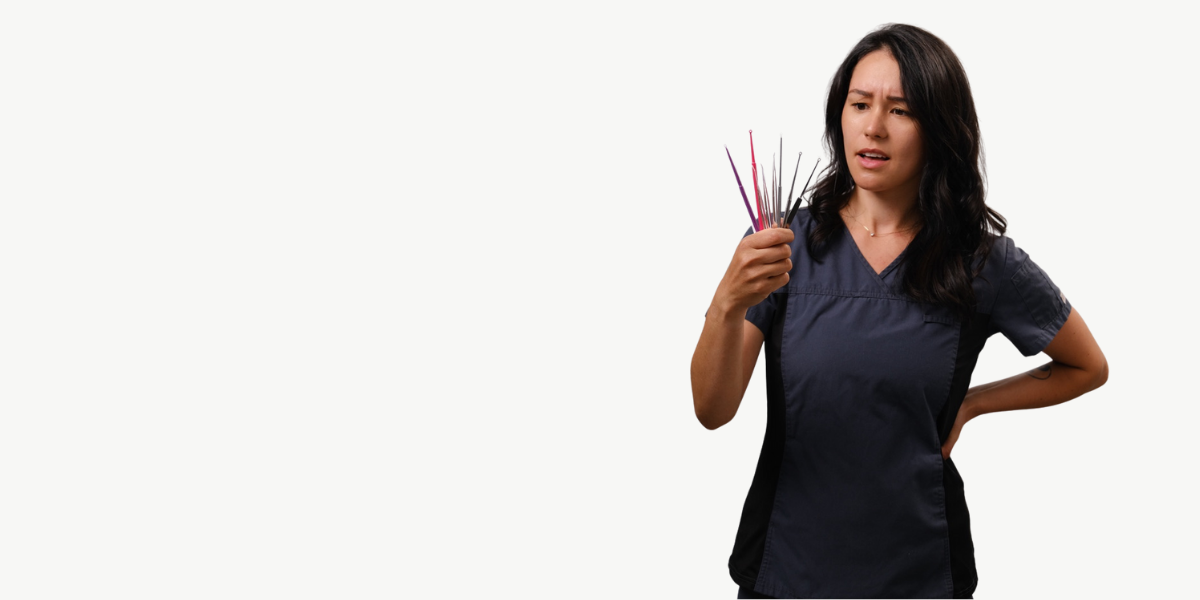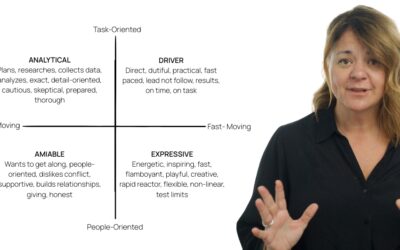Curettes are designed for scraping or debriding biological tissue or debris in a biopsy, excision, or cleaning procedure. Ear curettes are the main tool used when performing cerumen removal using the instrumentation method. They are an absolute must-have in every cerumen practitioner’s toolkit. They come in a variety of styles and materials. In general, curettes are shaped like a pen, with a handle and a tip. The tip is often a loop, scoop, or pick, and can vary in shape, size, and material. All of the available options mean there is something for every situation, however, navigating through all the options can be a bit tedious.
Advantages of curettes:
- highly effective
- quick to use
- low cost
- easy to clean or dispose of
- portable
- less intimidating than other tools
With so many curette styles, options, and materials available on the market you might wonder what the difference is between these and why we need so many different types. All curettes are of the same shape, in general, they are shaped like a pen, with a long handle that is held in the clinician’s hand and a tip that extends into the ear to perform removal. This tip is a loop, scoop, hook, or pick of some sort, and can vary in shape, size, material, and style. Let’s look at the different options.

It is important to remember that there is no universal standardization of curette tip sizes. The dimensions used in this blog reflect the distributors we use. Size can vary depending on the curette manufacturer.
Common Curette Shapes
Many modern-day products have taken inspiration from the original three styles. There are a lot of good products out there and it is important to purchase from a reputable supplier. For educational purposes, we are going to use Bionix products as an example for the shapes of curettes and the intended applications for those shapes. Bionix has a lineup of Safe Ear Curettes with 7 shapes which are described in the image below.

We know that lighting and magnification are needed when performing cerumen management using a curette. Some manufacturers have developed an all-in-one curette with lighting within the curette and magnification that attaches. An LED light source attaches to the head of the curette, illuminating the entire tool. Again, Bionix has an excellent example of this in their lighted curette lineup and we will lean on that for educational purposes in this blog. The Bionix Lighted Ear Curette ™ includes 8 shapes described in the image below.

Curette Materials
Curettes are commonly composed of stainless steel, plastic, and even carbon fibre. No material is completely superior for cerumen removal. Stainless steel instruments can be reused after undergoing hygienic reprocessing, whereas plastic instruments are disposable and designed for single patient use. The material used depends on personal preference and access to hygienic reprocessing equipment. Stainless curettes are much more costly to purchase but may be the better option long term if the clinician has access to the right hygienic reprocessing equipment. The real advantage of the plastic products in our view is that the lighting can be built in, so there is no need for a head loupe.
Distributors
Here is a list of distributors who carry reputable curettes and related products:
- US: Warner Tech Care & JEDMED
- Canada: Diatec
- Australia: Posita

If we had to pick just one curette for cerumen management, it would be the Lighted FlexLoop. A general-use curette with the broadest application on the market.
Do you use curettes for cerumen removal? If you do, what’s your go-to style? Do you want to learn more about cerumen management? Check out our comprehensive cerumen management course and become an expert!
If you found this blog helpful, please share it on social media!




